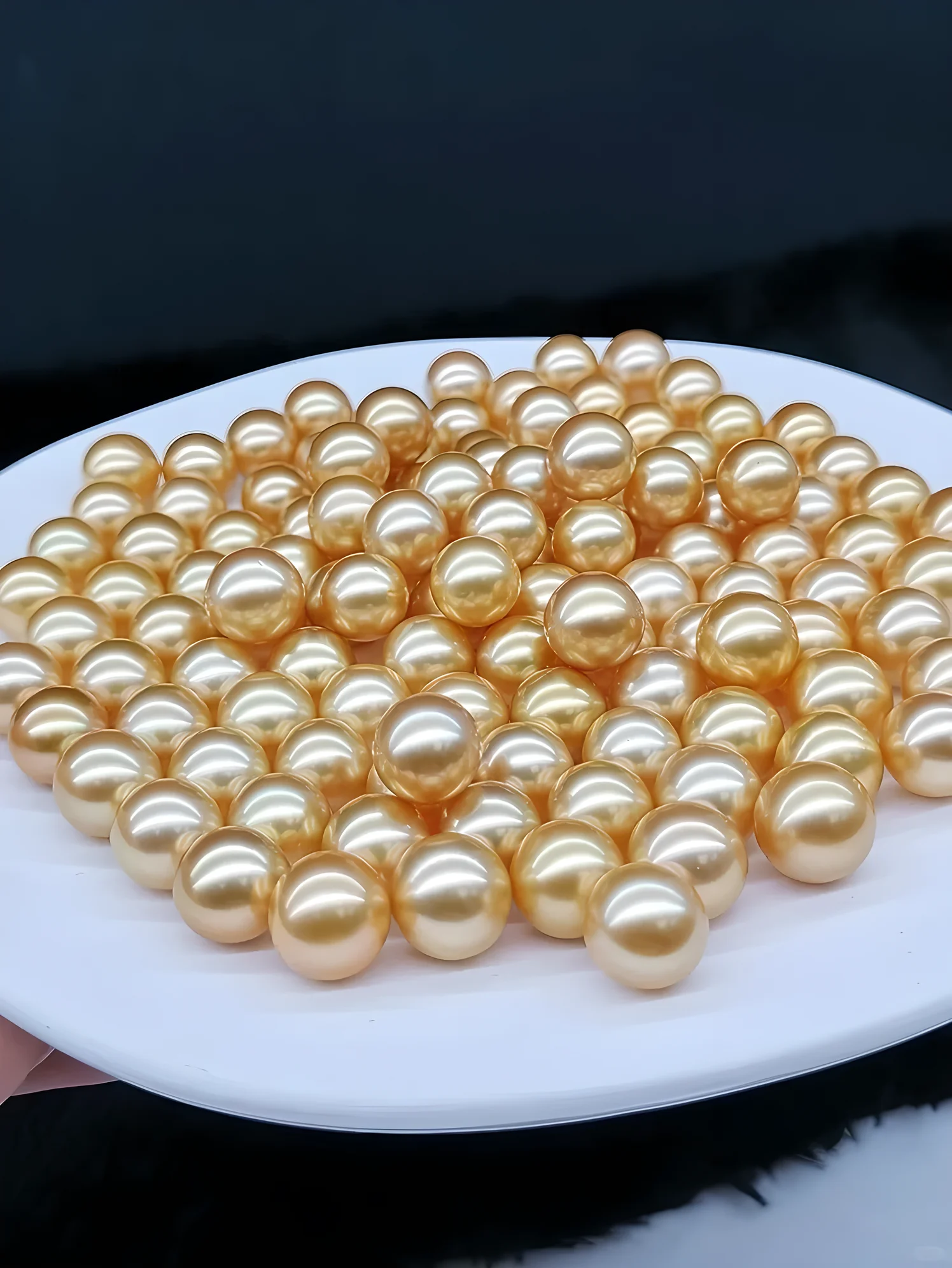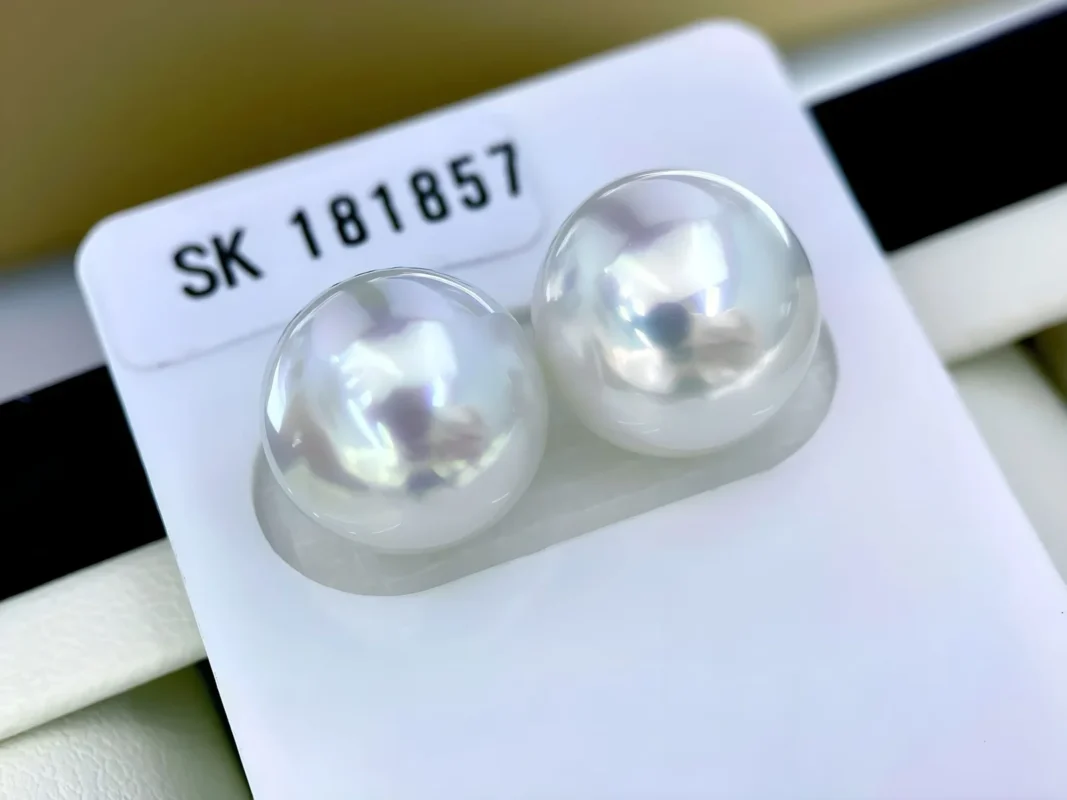Differences Between South Sea Pearls and Australian White Pearls

What Makes the World of Pearls So Intriguing?
Have you ever wondered what sets South Sea pearls apart from Australian white pearls, beyond their captivating beauty? As you delve into the world of pearl jewelry, understanding the nuanced differences between these luxurious gems is essential. Is it the climate, the production methods, or perhaps a mix of both that defines their unique allure? Join us as we explore these factors, enhancing your appreciation for these ocean treasures and aiding your pearl wholesale business endeavors.

What Are South Sea Pearls?
Origin and Characteristics
Residing primarily in the warm waters of the Indian and Pacific Oceans, South Sea pearls are renowned for their impressive size and shimmering luster. Cultivated in regions such as Indonesia, the Philippines, and Myanmar, these pearls range in color from white to gold, offering a palette as diverse as the seas they come from.
Impact of Climate
The tropical marine climate plays a fundamental role in the development of these gems, promoting the growth of the Pinctada maxima oyster. According to an article from Pearls.com “The high salinity and steady water temperatures of these regions create ideal conditions for the cultivation of pearls”. Such environmental factors contribute significantly to the distinct quality and beauty that sets South Sea pearls apart from their counterparts.

Understanding Australian White Pearls
Cultivation and Climate
Australian white pearls, while often mistaken for South Sea pearls due to their geographic origins, have their unique identity. Cultivated primarily along the northern coastline of Australia, these pearls are harvested from the same Pinctada maxima oyster species. However, the cultivation techniques often vary, with a stronger emphasis on sustainable practices due to the region’s stringent environmental policies.
Influence of Australia’s Climate
Australia’s varying climatic conditions, particularly its temperate to subtropical zones, influence these pearls’ development. As noted by marine biologist Dr. Emily Fletcher, “The ebb and flow of ocean temperatures, along with nutrient availability, play a crucial role in the nacre deposition rate, impacting the pearls’ color and luster.” Further details on this topic are explored in Gems & Gemology.
Comparing Production Methods
Techniques in South Sea Pearl Farming
South Sea pearl farming primarily involves manual techniques, honed over generations. The farmers’ skilled hands ensure the oyster shells are gently opened and nurtured, producing pearls of exceptional quality. Such traditional practices contribute to the high value and desirability of South Sea pearls.
Innovations in Australian Pearl Production
Conversely, Australia has embraced technological advancements in pearl cultivation. Automated feeding systems and precise monitoring of oceanic conditions ensure optimized growth environments, resulting in a consistent production of high-caliber pearls. “Australia’s commitment to innovation in pearl farming not only boosts quality but also ensures the sustainability of the industry,” says the Australian Pearl Producers Association.
Conclusion: Embracing the Beauty and Complexity of Pearls
As you embark on your journey in the pearl wholesale business, understanding the intricate distinctions between South Sea pearls and Australian white pearls provides a competitive edge. While the former is celebrated for its integration of traditional craftsmanship and ideal tropical climates, the latter embodies advanced production methods influenced by diverse Australian climates. Recognizing these factors not only enhances your appreciation of these oceanic wonders but also empowers you to inform and engage clients more effectively.
Both types of pearls stand as a testament to nature’s artistry and human ingenuity—a narrative that continues to captivate luxury jewelry enthusiasts worldwide. Whether charmed by the opalescent glow of a South Sea pearl or the pristine elegance of an Australian white pearl, your customers will hold treasures that reflect the ocean’s mysterious allure.
